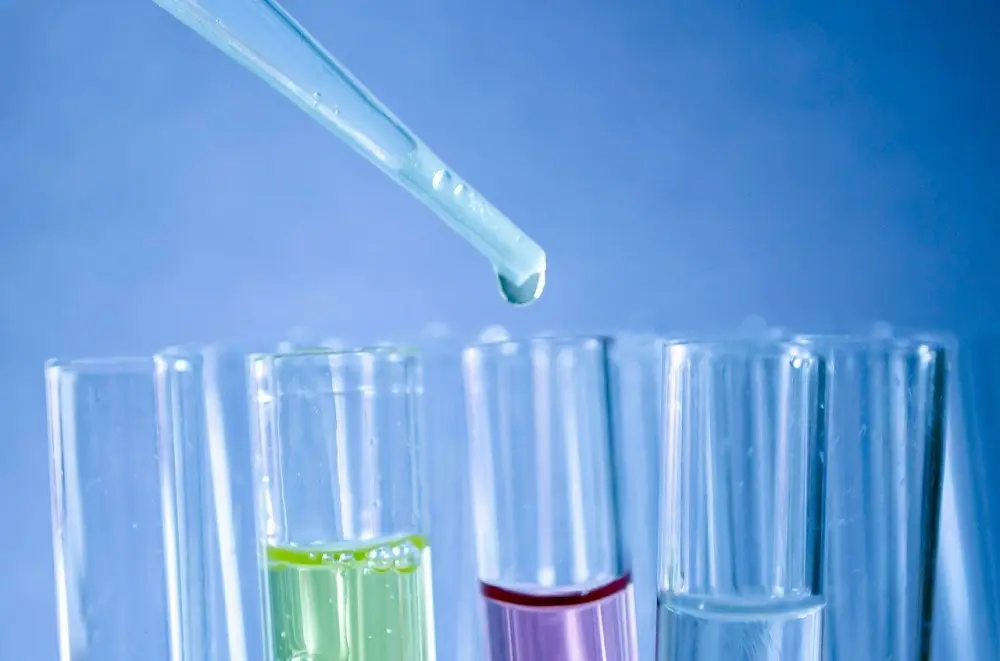There are a number of reasons you might decide to have your water tested, whether you’re connected to a public water supply, you’re suffering from hard water issues, or you use untreated well water. It’s important to know the different options for water testing, as well as what things you should be looking for in your water. Here’s what you need to know.
Test Strips
Test strips can be ordered for you to test your own water. The strips detect the presence of certain chemicals and work by changing color, and then you compare the strip to a chart that can help show the concentration of the specific chemical. These types of tests are often used to determine the pH or chlorine amount in the water. Although the tests are easy to obtain and inexpensive, they’re not as accurate as other types of tests because they often have poor resolution, and it can be difficult to determine what the results actually mean for your health and safety.
Color Disk Kits
Color disk kits or drop test kits are another type of test that can help determine the concentration of specific chemicals in your water. To use this test, you would obtain a sample of water in a plastic tube and then add either powder or a few drops of liquid reagent to the tube. The water will change color depending on the elements found in the water, and the color is compared to a color gradient disk that gives a closer reading of the concentration of the chemical than a test strip would. The test is a bit more complicated because of the technicalities involved, but they can provide a good amount of information about chemicals as well as microbiological elements, although microbiological tests require a day or two of incubation time for accurate results.
Digital Instruments
There are also handheld digital instruments that can be used to test your water. These provide accurate results but are more costly than the previous two types of tests. Proper training and calibration of the instruments are essential for getting accurate results, so the instruments are best handled by professionals. Luminescence testing devices can provide quick screening of bacteria in the water while electrochemical testers are useful for determining the pH, dissolved solids and salt, dissolved oxygen, and electrical conductivity of the water.
Professional Lab Tests
For the most thorough water analysis, it’s recommended that you have your water sent to a professional water testing lab. There are a number of tests available from these companies, from a standard scan to see how your water compares to EPA drinking standards to comprehensive and health scans that will help determine whether or not you need additional filtration for your drinking water. Professional testing labs may use more advanced colorimetric comparison tests, photometric test kits, or spectrophotometers to measure what contaminants are in your water and at what levels.
What to Test For
When you contact a drinking water quality testing lab, you’ll want to know what things you should be testing for. One of the basic contaminants you should test for is bacteria, including total coliform bacteria and E. coli. Mineral tests can help determine what elements are affecting the taste, hardness, and smell of your water. It’s also a good idea to measure the acidity and pH of your water. There could also be dangerous elements like arsenic or radon in your water. Contact Environmental Testing and Research Laboratories, Inc., today to learn what each type of water test includes.

